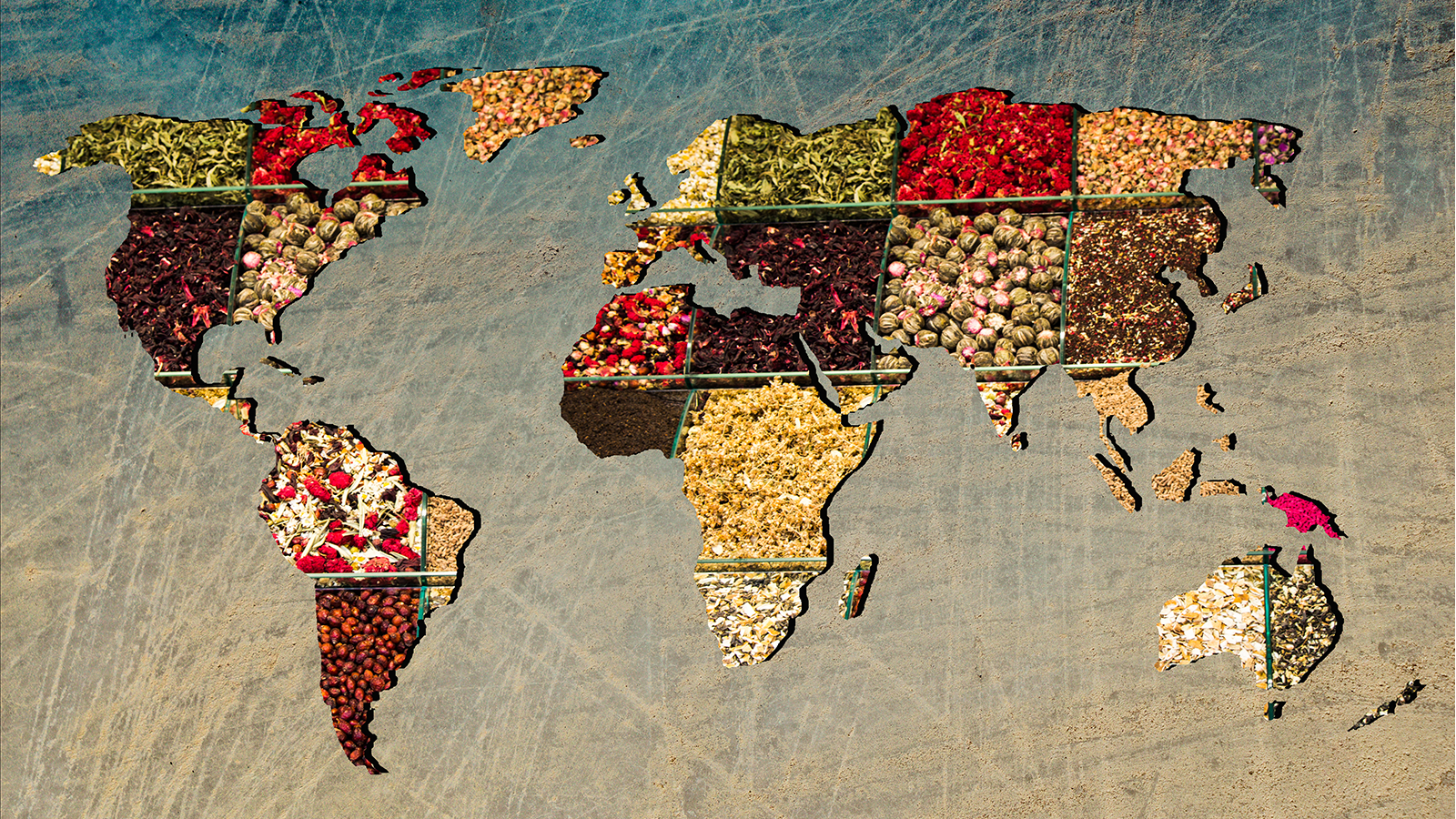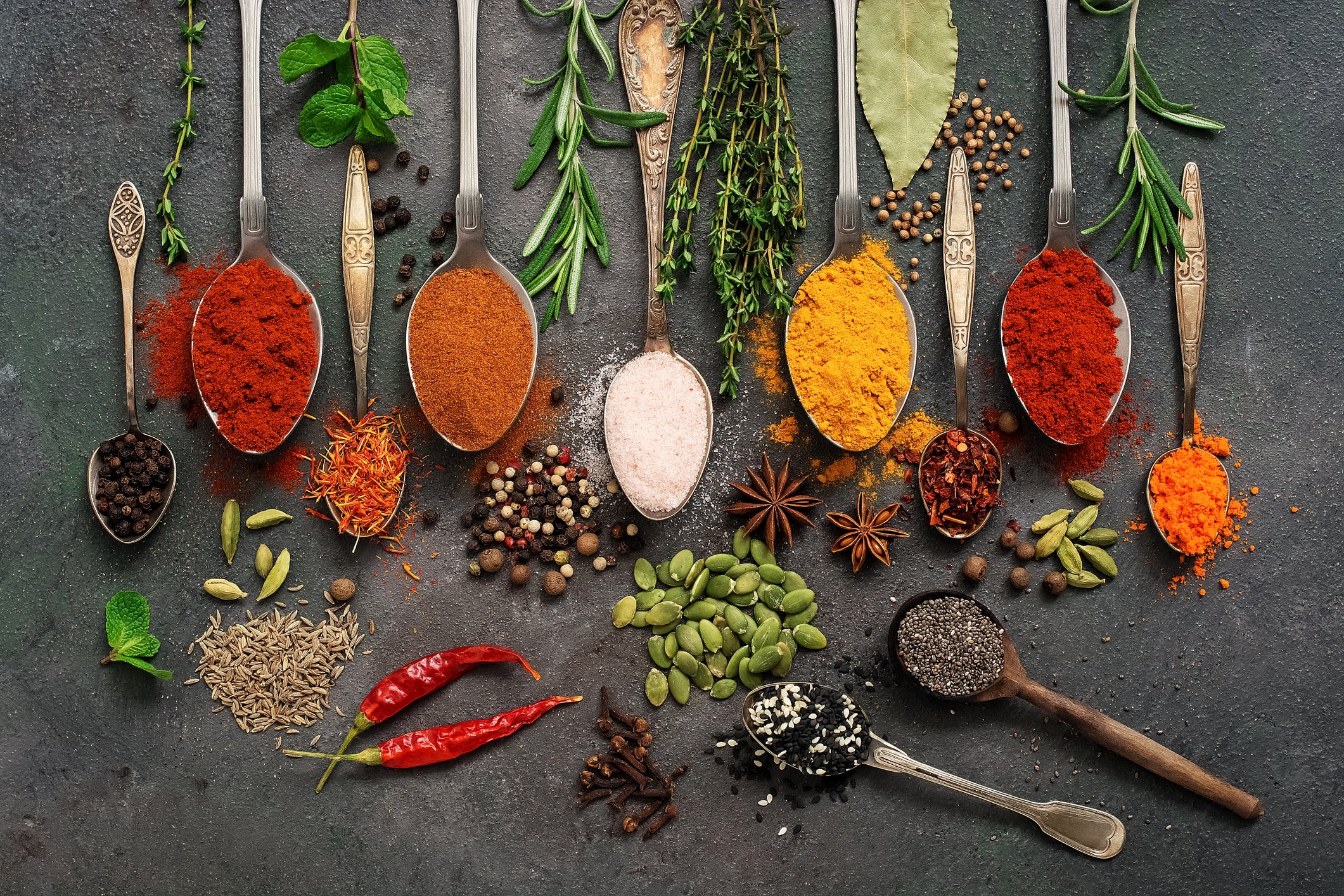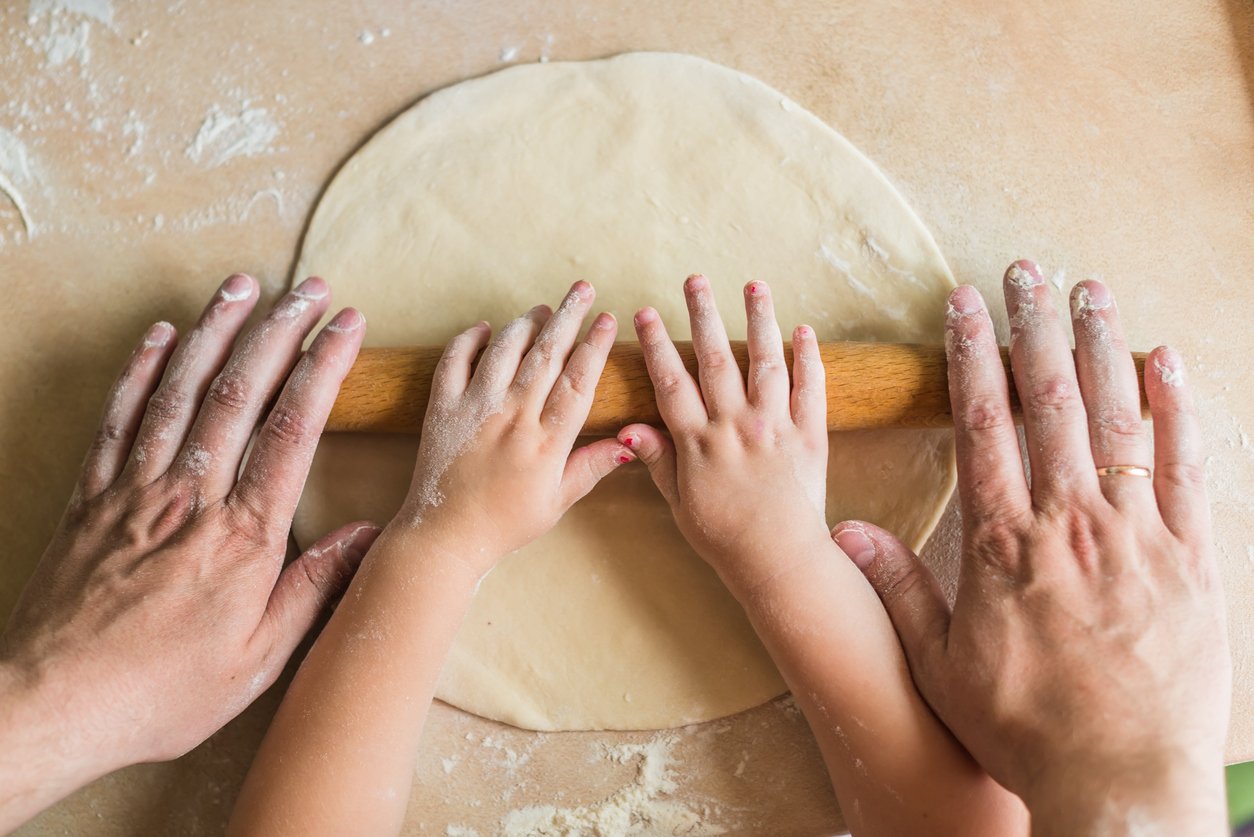
When I taught first grade, a small grant allowed me to get funding to buy a hot plate, griddle, measuring utensils, pots, knives, bowls, cutting boards, and other necessities to introduce my students to flavors and aromas unknown to their senses. However, we not only ate the food but also used the food for tactile learning experiences and learning social studies content. It was a unique teaching experience for me and allowed my students to compare and contrast various cultures through food.
Setting the Scene
Foods have a central position in our culture. Even our language connects with food—we speak of ideas such as “food for thought,” having someone “eat their words,” or not being able to “stomach” unpleasant news.
Further exploration of food can include discussing cooking techniques, table manners, ceremonial dishes, origins of recipes, influence of geography upon cuisine patterns, influence of religious customs (feasts and fasts), and diet differences in the wealthy and the lower class. Consider showing a Hungry Planet or What We Eat video from our Peter Menzel collection to enhance overall student understanding. You can have students investigate when we eat (the number of meals per day, time of day), with whom we eat (same gender, with or without children), how we eat (at a table; on the floor; with chopsticks, silverware, or fingers), the rituals of eating (asking for seconds, belching for appreciation), and what we eat (pork not eaten by Muslims and Orthodox Jews). These various essential questions drive student inquiry and will build essential student critical-thinking skills.

In the Classroom
The story of johnnycakes connects the Native Americans to colonial settlers. One story suggests that johnnycakes originally were called “journey cakes” because they were so often taken and eaten on long journeys. A common Indian corn recipe consisted of cornmeal and water wrapped in a leaf and left to bake. The journey cake, taken from the corn recipe, could be baked quickly over a campfire and carried in a saddlebag. The cakes were often eaten with butter, maple syrup, or stew gravy. Have students trace the movement of corn and corn recipes throughout North America. Examine the variety of corns grown on this continent and relate to environmental and human needs. Find a basic recipe and bake with the students.
In Eric Carle’s Pancakes, Pancakes (1998), Jack’s mother needs flour from the mill, an egg from the hen, milk from the cow, and firewood for the stove to make pancakes. Included within the story is a page with pictures of all the ingredients, almost like a photo recipe. Read the story and discuss with students how humans depend on the environment for food. Ask students how we get the ingredients today to make pancakes. Introduce packaged pancake mixes and discuss the ease of cooking today.
Since bread and rice are staple ingredients of most ethnic groups, two additional books to include in the classroom are Bread, Bread, Bread, by Ann Morris (1989) and Everybody Cooks Rice, by Norah Dooley (1991). Plan a bread-tasting day and include baguette (France), pita (Israel), pretzel (Germany), tortilla (Mexico), or chapattis (India). Introduce rice dishes, such as jambalaya, risotto, and paella. Have students map wheat- and rice-growing regions in the world.

Ask students these questions: “What kinds of dumplings are eaten around the world?” (e.g., Chinese wonton, Italian ravioli, Jewish kreplach, Polish pierogi); “What are dumplings filled with?” (e.g., meat, cheese, vegetables); “What are dumplings made from?” (e.g., potatoes, bread, rice, dough); “How can food be used to characterize a region?” Ask parents to share their dumpling cooking expertise with students.
Play a game called “Where in the World Does This Food Come From?” Have a world map on the wall and picture cards of various foods. Students can use yarn to match the food to the country. Some examples include shepherd’s pie (United Kingdom), paella (Spain), sushi (Japan), tacos (Mexico), curry (India). Introduce the term comfort food. Ask students, “What is that one special food that you like when you feel sad or ill?” For some people, the food is sweet, like ice cream or chocolate. Others might prefer food like chicken soup or macaroni and cheese. Ask students, “What about this food makes you feel better?”
Providing sensory experiences for students during instruction appeals to various learning styles and multiple intelligences. Using food in the classroom is an engaging and fun way to differentiate the curriculum.
Learn more about what cultures eat around the world with Peter Menzel
Kay Gandy is a retired professor of seventeen years and a retired elementary teacher of twenty-seven years. Her goal is to work with teachers in countries around the world and watch movies in foreign theaters. Her books Mapping is Elementary, My Dear and 50 Ways to Teach Social Studies provide practical lesson ideas for elementary teachers.
